Design Dash – a sprint that starts and finishes with the customer
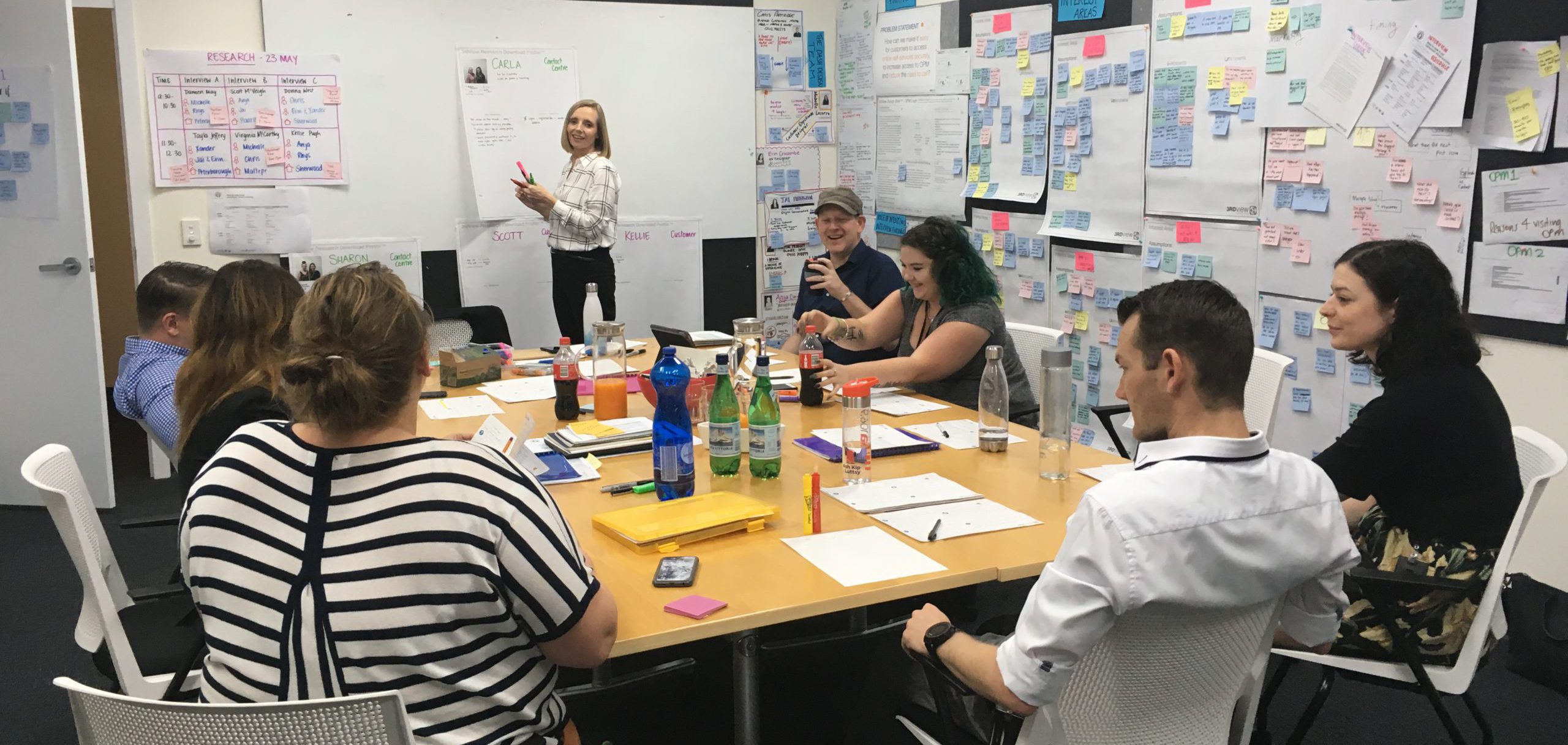
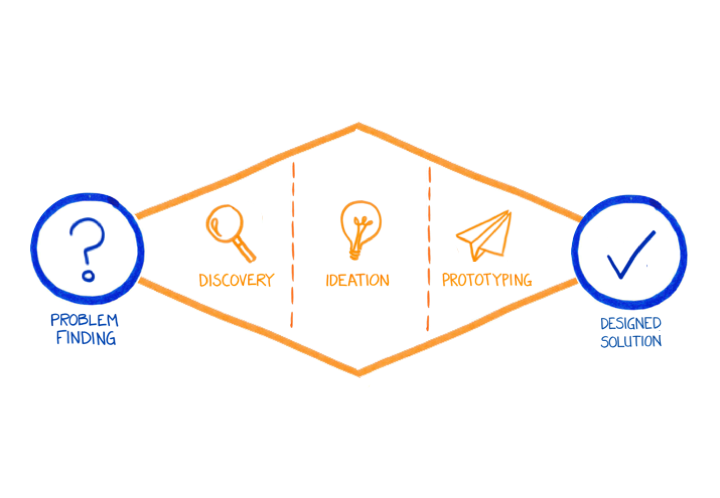
Deliver impactful customer-focused change, fast.
You need to take fast, customer-focused action. There’s a challenge to overcome, an opportunity to be taken, or a ‘bright shiny thing’ that you’ve been asked to implement. How do you know that the action you’re about to take will have the desired positive impact?
The 3rdView Design Dash™ is an intense 5-day sprint that helps you understand the customer perspective, and find practical solutions to your business challenges. As a result, you have confidence that you’re implementing solutions that are desirable for your customers, and feasible and viable for your business.
Your team will work alongside 3rdView in-person or remotely, over consecutive or separate days. Customers will join the team at key points to share their insights and shape the solutions.
This will help you quickly
- Simplify processes and systems
- Identify new opportunities
- Revitalise a poor performing product or service
- Improve critical touchpoints to retain customers
- Improve employee experiences
If ever there was a year to act in a fast, customer-focused way, it’s 2020!
“Done is better than perfect”
Sheryl Sandberg

Pre Dash:
Establishment
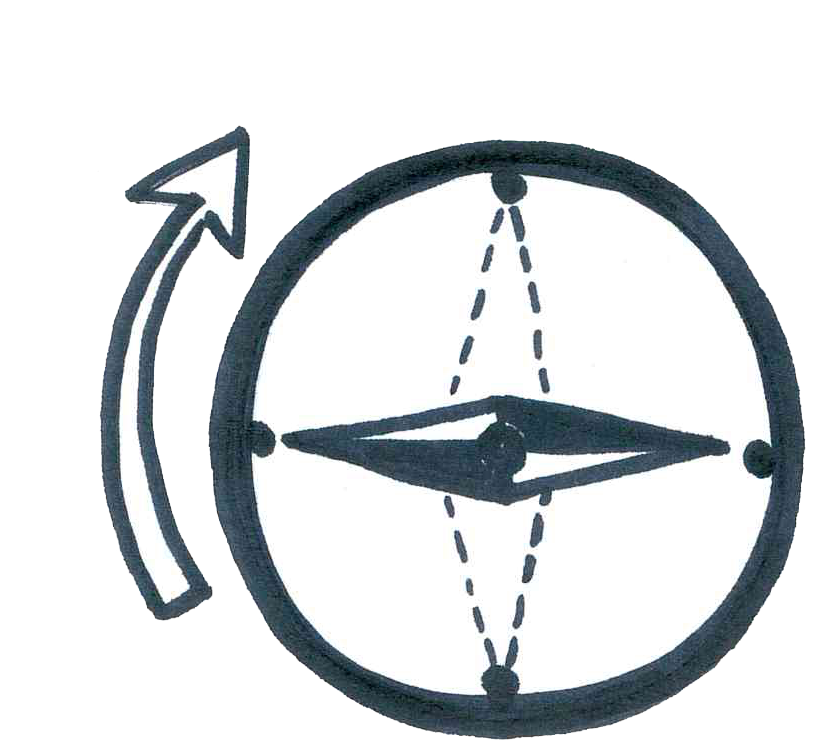
Warm Up: Agree the area to explore and how we’re going to travel.
Establish the problem resources, and approach
- The problem or opportunity we’re chasing
- The team that’s coming on the journey
- The spaces and boundaries to explore
Prior to the design dash commencing, it is vital to agree on the problem we are trying to solve. We meet with 3 key decision makers from within your organisation to define the scope, commitment of resources and design brief.

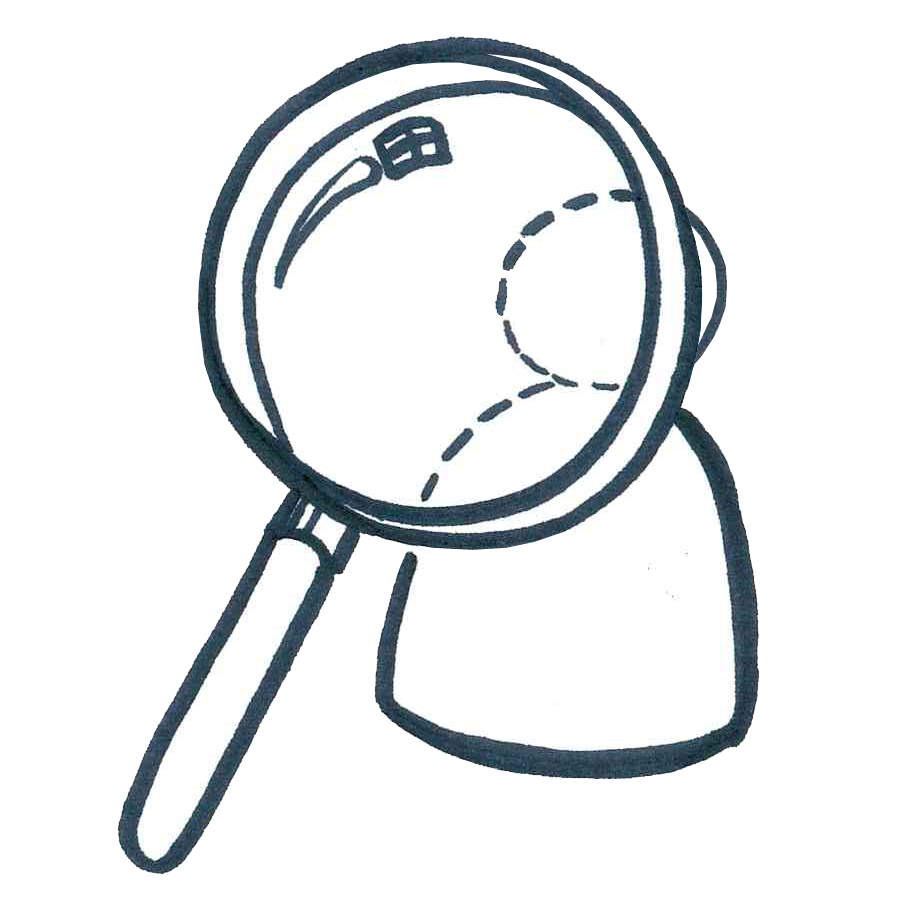
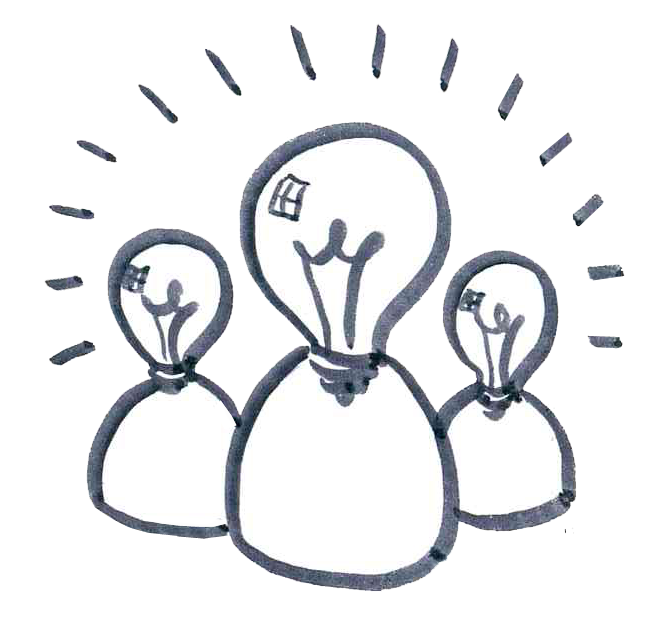
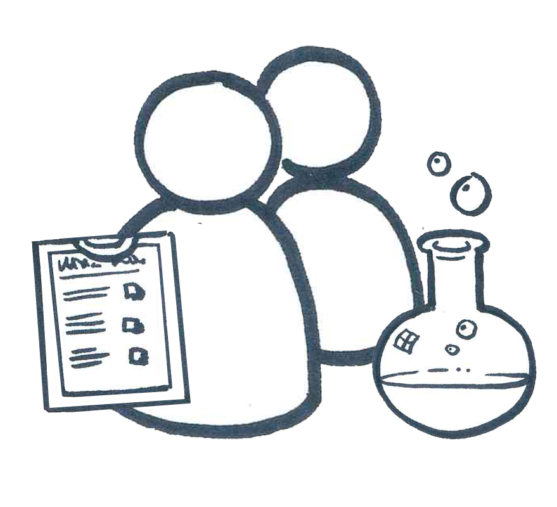
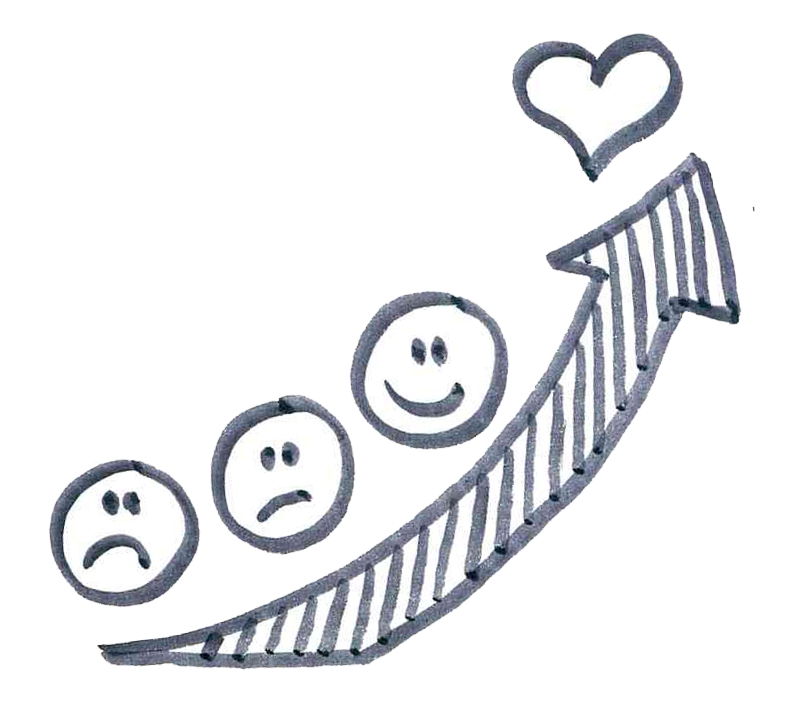
Day 1
Problem Finding
Day 2
Discovery:
Existing Research and Planning
Day 3
Discovery:
New Research and Synthesis
Day 4
Ideation:
Generation and Concept Presentation
Day 5
Prototyping:
Build, Test, Handover
Exploration: find the known tracks, plan to explore uncharted territory.
Understand existing research and knowledge gaps
- Uncover existing research
- Identify knowledge gaps
- Plan for research events with new customers
On Day 1 we gather the team that will be working on the project, this includes internal staff along with a handful of 3rdView staff to guide you along the way. The design team will unpack any existing data or documents available, gain an understanding of the dash process, and design the research to explore the problem outlined.
Exploration: Discover new places and perspectives
Connect and empathise with users
- Conduct new research
- Download and synthesise insights
- Reframe the problem from the customer perspective
On Day 2 the team conducts interviews with customers, and will gather and synthesise the learnings and insights they heard. This conversation with the design team will produce a clear problem statement and criteria to incorporate into any implementation going forward.
Imagine: consider the other places that might be possible
Generate ideas for a better future
- Generate a high quantity of ideas
- Develop solution concepts
- Present to identify the most desirable, feasible and viable
Day 3 is where all of the learnings and insights generate ideas to improve the customer experience. The design team then ranks each concept based on the desirability for customers, and the feasability and viability of the business
Share: help others explore the potential
Build and present solutions for feedback
- Build low-fidelity prototype
- Test with customers to gather feedback
- Refine solutions to better meet needs
Day 4 involves planning and the development of the most desired concepts. These concepts are then to be tested and modified based on the feedback received from your customers
Refine: clarify and improve the view
Refine the solutions
- Develop high fidelity prototypes
- Continue to gather customer feedback
- Handover solutions, and the journey to the implementation team
Day 5 follows on and concepts are improved, as they develop based on user interaction and feedback. The design team analyses the success of each, and makes recommendations on which concept/s should proceed to implementation
Post Dash:
Handover and Reflection
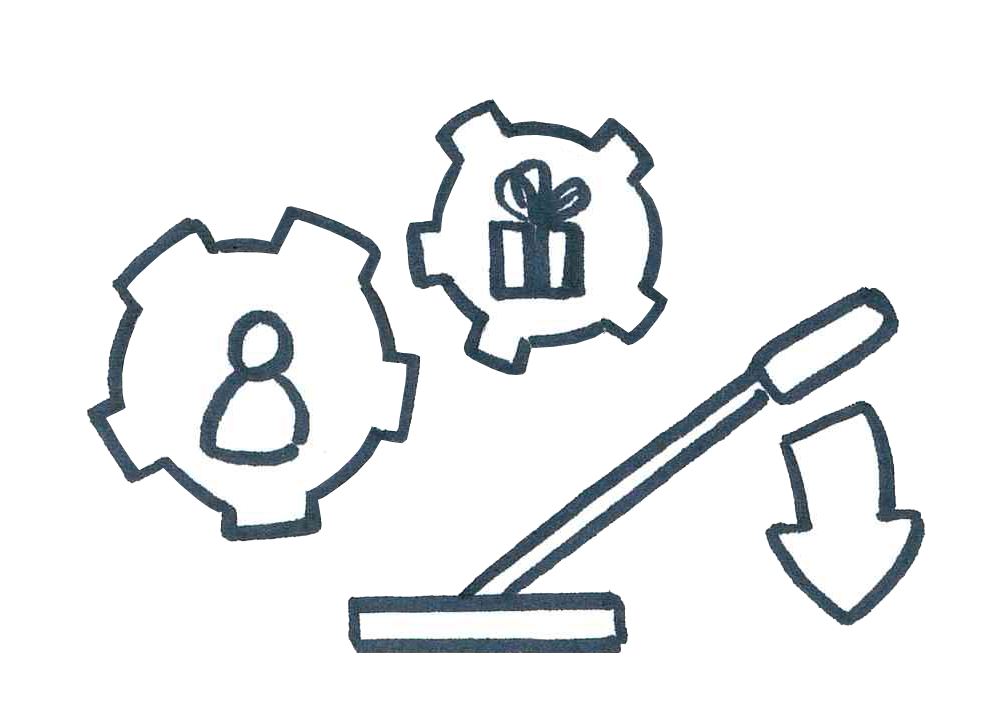
Reflect: contemplate the journey and what we learned
Handover and confirm capability
- Package the design learnings and artefacts
- Agree key success measures for implementation
- Review the capability development journey
At the conclusion of the dash, all concepts and outputs are handed over with next steps
The Result
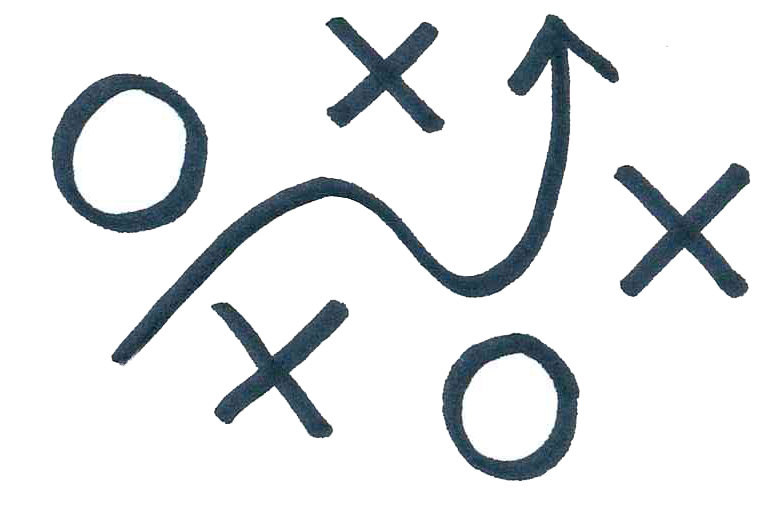
At the end of a rigorous 5 days, you have a justified, starting point proven to improve the experiences of your customer. Whether it be a product, a touchpoint or a service, there is valuable feedback waiting to be heard.
